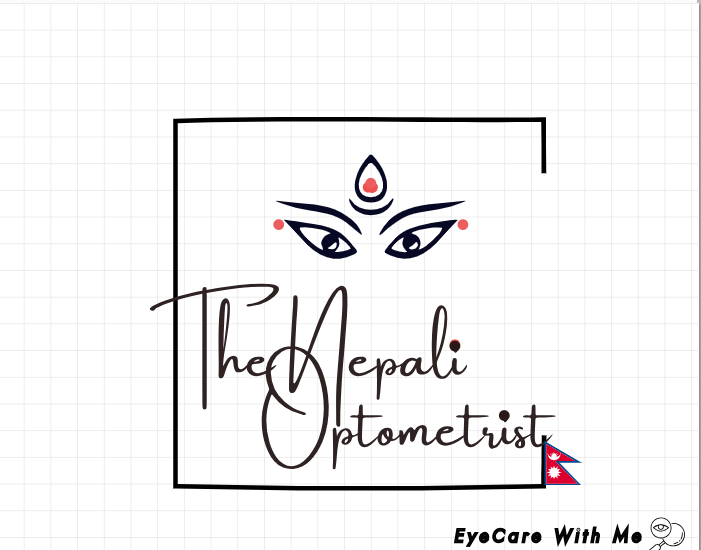Our eyes are complex organs that play a crucial role in vision. Eyes send the signal to the brain from the outside world which is perceived as an image. There are plenty of myths and facts that everyone does not know of.
Understanding myths and facts about vision can help clarify common misconceptions and promote better eye health practices. Here are some prevalent myths and the facts that debunk them: Some of them are mentioned below:
Myth 1: Eyes can be damaged by reading in low lights.
Fact: Reading in low light does not cause permanent damage. However, it can cause eye strain, headache and fatigue, making reading less comfortable.
Myth 2: Your eyes might be damaged, if you sit too close when watching TV.
Fact: Sitting close to the TV will not cause permanent eye damage. However, it may cause temporary eye strain or fatigue. Children often sit close to the TV because they can focus better at close distances. If your child sits close to the TV, it can also be a sign of existing refractive error and they may need glasses. Ensuring a comfortable distance and good lighting can help minimize eye strain.
Myth 3: Eating carrots will improve your vision.
Fact: Carrots are a great source of vitamin A, essential for maintaining good vision(particularly night vision), a healthy immune system, and skin health. However, eating carrots alone will not improve vision if you are not deficient in Vitamin A. A balanced diet including various vitamins and minerals is important for eye health.
Myth 4: Using your phone or computer screen too much will damage your eyes.
Fact: Prolonged use of digital devices can lead to digital eye strain, characterized by dry eyes, headaches, and blurred vision. We should blink regularly and give our eyes rest every 20 minutes when using digital screens.
Myth 5: Wearing glasses will weaken your eyes.
Fact: Corrective lenses do not weaken your eyes. They correct refractive errors, such as nearsightedness, farsightedness, or astigmatism, allowing you to see clearly. Your eyes do not become dependent on them.
Myth 6: You only need an eye exam if you’re having problems.
Fact: Regular eye exams are important for maintaining eye health, even if you are not experiencing any vision problems. Eye exams can detect conditions like glaucoma, macular degeneration, and diabetes-related eye issues early on.
Myth 7: There’s nothing you can do to prevent vision loss as you age.
Fact: While some age-related vision changes are inevitable, adopting healthy lifestyle habits like not smoking, wearing sunglasses, maintaining a balanced diet, and getting regular eye exams can help preserve vision and prevent eye diseases.
Myth 8: Contact lenses are unsafe to use.
Fact: Contact lenses are safe when used correctly and with proper hygiene. Following your eye care professional’s instructions for cleaning, wearing, and replacing lenses is essential to avoid infections and other complications.
References :
- https://www.mayoclinichealthsystem.org/hometown-health/speaking-of-health/eye-health-myths-and-facts
- https://www.aao.org/eye-health/tips-prevention/common-eye-vision-myths-facts

